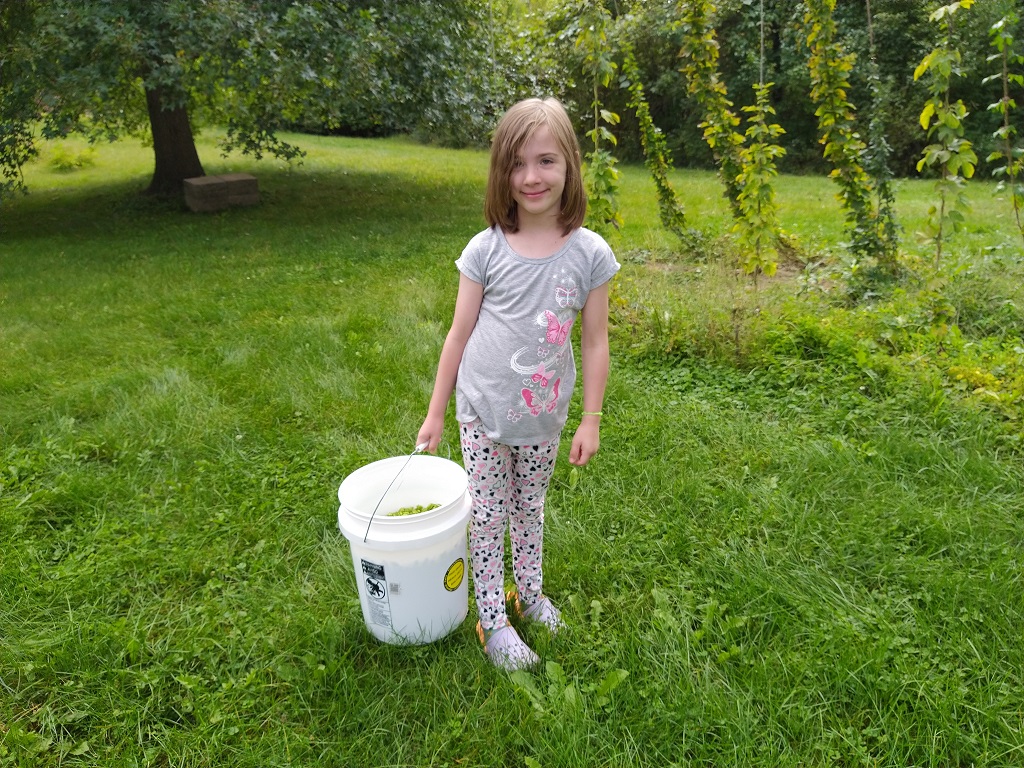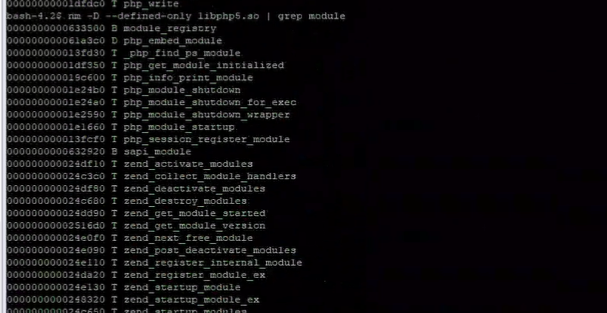A friend asked what people thought a sustainable lifestyle for Americans would look like.
Hopefully we go the route of larger, centralized change. Power producers move to renewable sources. I thought work-from-home would be a big thing from a resource usage reduction standpoint — I drive a couple of miles a week on average. Technology is there to support it for a lot of people, but it took a pandemic shutdown to actually get people working from home. Hopefully that sticks as a post-pandemic norm. Food production is a huge one to me — even if the entire population drastically reduces meat consumption, mainstream agricultural practices are still destructive.
On an individual level? There will need to be a lot of adjustments to what constitutes “normal”. More preserved foods (I mean naturally like the canned/pickled stuff) to reduce the need for refrigeration (there are 34 cubic ft refrigerators that pull like 850kWh a year!!!). Product availability too. I like banana and mango; but, short of figuring out how to have a banana tree in a walipini, that’s silly stuff to be eating regularly in Ohio.
What people envision as a “lawn” changes. The amount of resources, time, and effort it takes to sustain non-native grass plants … such a waste. Long term, I hope to see taller plants becoming socially acceptable … but I’d love to see a move away from the broad spectrum herbicide / fertilizer / constant watering approach to turf management even if someone is still mowing it every week.
Expectations around landscaping change to focus on edible landscaping — I’ve seen some people create visually stunning landscaping that produces fruits, nuts, and veggies. Since a lot of resources go into growing, transporting, and storing foods … anything that increases local production seems like a good direction. And it’s not like it’s harder to maintain a wall of flowering vines that happen to produce beans than a wall of vines that happen to produce … non-edible seeds for more flowering vines.
Single-stream recycling goes away. Yes, it’s a pain to separate colored and clear glass, metal cans, different numbered plastics, etc. But what we’ve got now is a lot of broken glass shards, unusable paper and cardboard, and plastics littering up a lot of other countries. No more kaolin clay on paper either — piles of that anywhere that’s been buying up Western recyclables. But seeing a glossy page in a magazine or a glossy advertisement in your mailbox will make you wonder how that company could be so irresponsible.
Used goods become more socially acceptable. The resources to manufacture something are a sunk cost. Maximize the useful life of products and the benefit from that fixed cost goes up. I remember my sister getting snippy with my mom for gifting her kids “used clothing”. It was clean, undamaged … perfectly serviceable clothing. Babies outgrow clothing too quickly to wear stuff out. Stain it, sure. But that’s easy enough to avoid. The resources that go into making a little shirt that a kid can wear for three months is astonishing if you think about it. And it makes total sense for six different kids to get use out of that resource expenditure. The one dealership around here has a 20 year warranty on their cars — and people drive the thing for a three year lease! A corollary to this is the eliminating the expectation that something’s going to fail in a year or two. Consumer pressure on manufacturers to spend the extra buck to make a long-lasting product that works for a decade or three (or will have a decent resale value if I only use it for a year). Same for fixing things — which may mean the return of local repair shops (when was the last time you got a vacuum repaired?) or may mean people learn to fix stuff themselves.
Commercialized re-use — I got an arctic fleece that’s made from plastic bottles & the company is set up to take back their fleece material, melt it down, and run it back through the production line. IIRC, they would cover shipping it back. Totally doing that with the jacket I made my daughter when she outgrows it. She had a little blurb in one of her school books last year about a company collecting used gum in containers along the streets and making stuff (rain boots!) from the used gum. I got a whole ewwwww! thinking about it … but realistically, it’s processed. I’m certain a lot of companies could have us ship back their products, do something, and turn it around into a new product. My ideal world would have people recycling plastic at home into 3d printer resin … but that’s a long way from mainstream.
Shared resources are something I don’t see becoming popular for most items. Unfortunate since the seven houses in my neighborhood could all share a single set of yard tools. But normalized work/weekend times mean *everyone* would have needed the mower on the sunny Saturday this week. Routine maintenance is one thing – predictable and easily divided out. But you go to pull the chainsaw out of the common shed and find the chain broken … buying your own chainsaw looks more appealing. Hiring out more services achieves a similar material reduction. Transporting the mower around is a resource drain, but one person with one piece of equipment can cut the lawns of a few dozen people. I could see service providers start advertising the environmental benefits of using their services — and people happily picking that up as the Right Thing To Do (with bonus extra free time).
There’s certainly efficiency to a lot of people living in small apartments — we could construct, maintain, heat, and cool the same 50k sq ft of space and support 25 people with 2k sq ft flats or 100 people with 500 sq ft flats. Possibly moving to more shared spaces coupled with efficiency-style flats — bit of a cultural shift to be relaxing, cooking, etc in communal spaces, but it’s certainly a more efficient use of space. Breaking buildings up into smaller flats may well increase population density. Potentially straining infrastructure (Atlanta traffic in the early 2000’s), water resources (may not currently be a problem in a lot of cities, but think about Cape Town with *more* people crammed in there) … and increased population density within cities might appeal to those already living in an urban environment, but it’s a nightmare scenario for people who like living in rural areas. Can make a sales pitch for living in a rural area too: some of an individual’s environmental impact comes from their food consumption. Not much is growing in the tiny flat, even if the complex does a community garden on the roof. The proliferation of “victory gardens” is big in my picture of reduced carbon footprint life.
I’m thinking developers start to include shared utility systems — most people I know who live in the suburbs don’t have enough space for geothermal HVAC or solar/wind farms. But the HOA could own a loop field run along roads and green-space areas. Hook up to the loop field like you would water or gas. The HOA could own alt energy facilities that produce energy for the neighborhood. Including a community garden in the development plan. Then again, I thought HOA’s would take over channel assignment for WiFi networks … I may vastly overestimate both the things about which people are willing to cede control and underestimate the number of things the HOA board wants to enforce. To some extent, apartment complexes could do the same thing — solar roof and windows, geothermal under the carpark (yeah, you run the risk of a leak meaning the carpark is ripped up … there are logistics to think through). Far more efficient construction either way — half of my house is underground & I basically cool it to cut down on humidity. Stays around 50 without heat in the winter too … which is uncomfortably cold, but I’ve always been curious what I could maintain with no energy input if the *whole* house was underground.
Problem is … I doubt many of these changes are ones people will make voluntarily. It’s less fun, less convenient, costs more (and I don’t mean to say time and money aren’t legit concerns — just that they are barriers to adopting a less impactful lifestyle). Which brings me to the apocalyptic (non-voluntary and quick) return to pre-industrialized interactions with the planet after massive environmental catastrophe option. Which is essentially the “do nothing” approach. I mean, I can blow 50k on solar/wind/batteries, run my geothermal heat off of said alt energy sources, drive the same electric car I’ve had for a decade, convert my property into a sustainable farm. Not buy any new stuff — maybe start growing cotton and get some sheep so I’m making my own clothes. 3D print with plastics I pick up from recycling centers. All sorts of extreme changes. Drop in the bucket as far a global environmental impact goes. And it’s not like it’s a set of changes that scales well. No changes for some time … then no one will be buying stuff because there’s no store. Or petrol to get there. Or electrical grid to power it. You’ll be eating what’s scavenged or produced within a few miles of your house because that’s all that’s available. Patching up that old sweatshirt because the alternative is no shirt.










